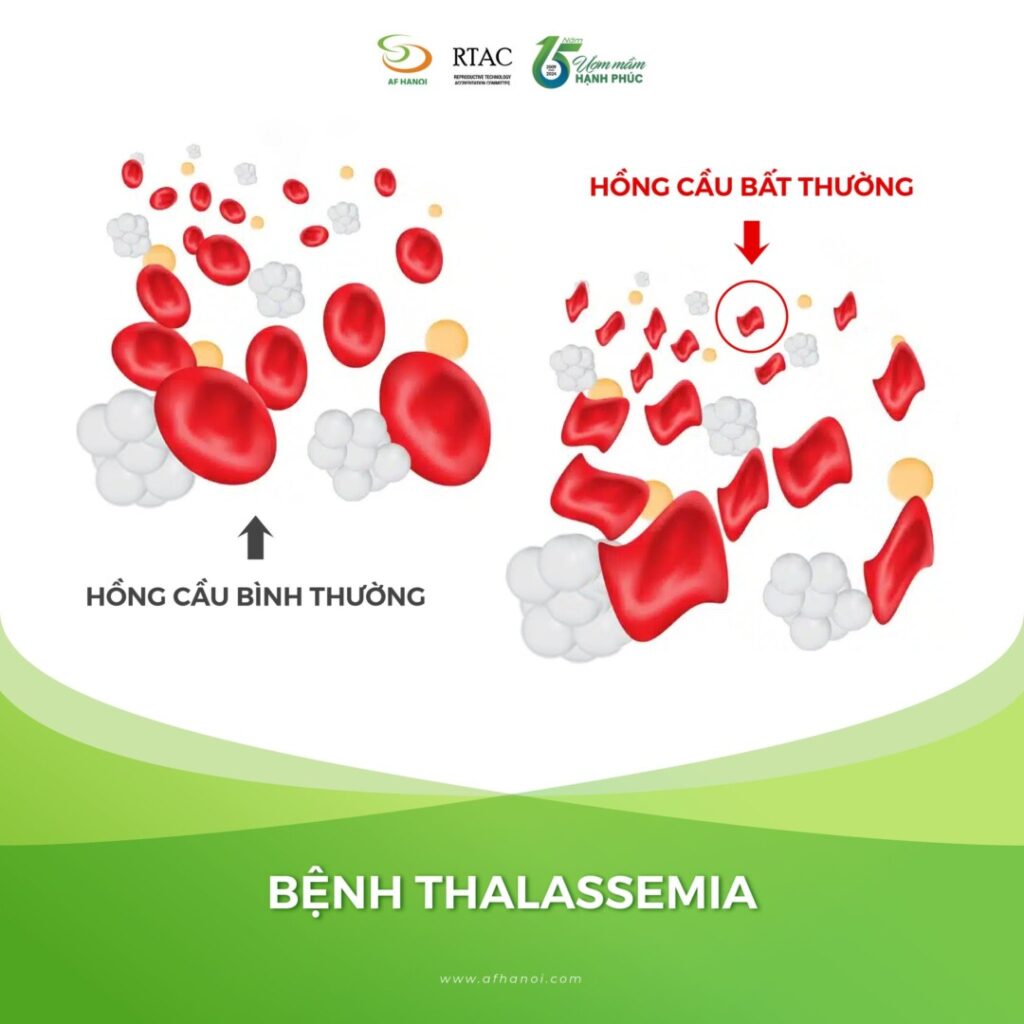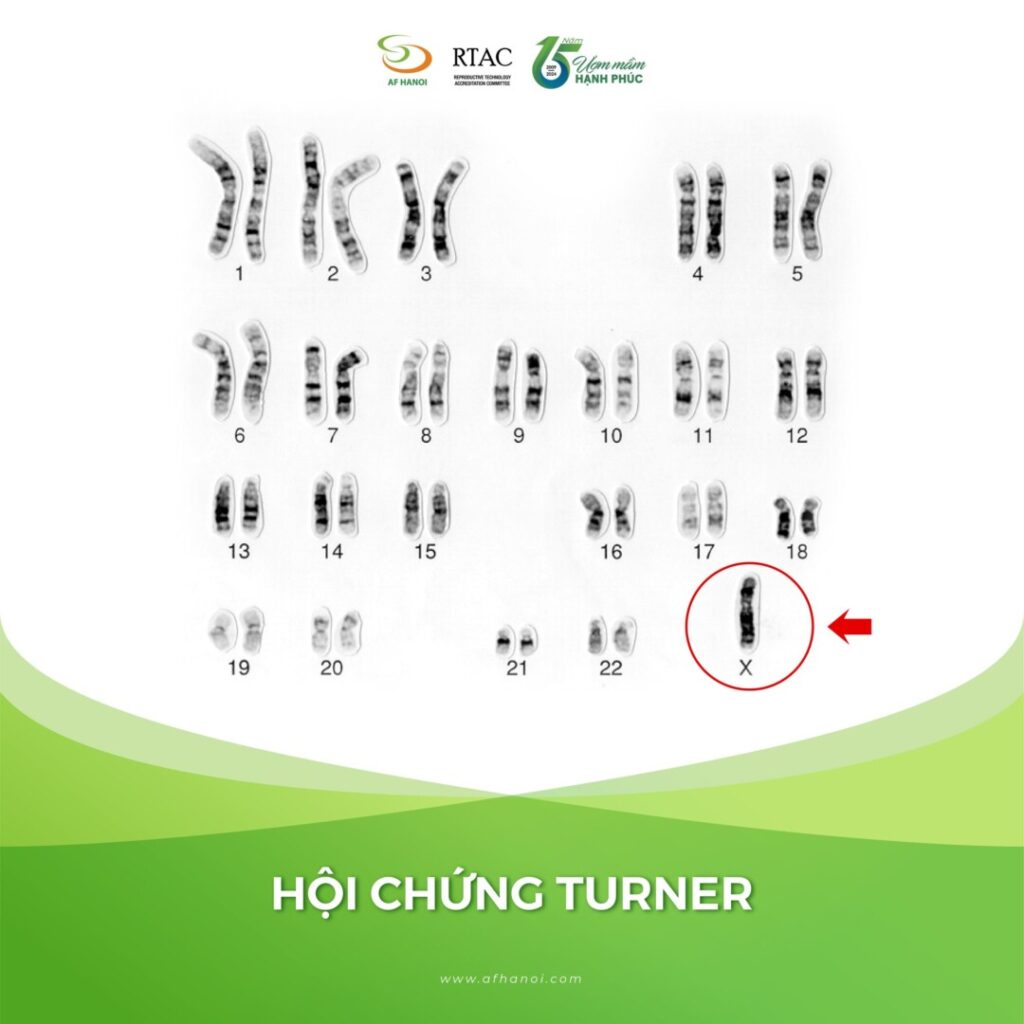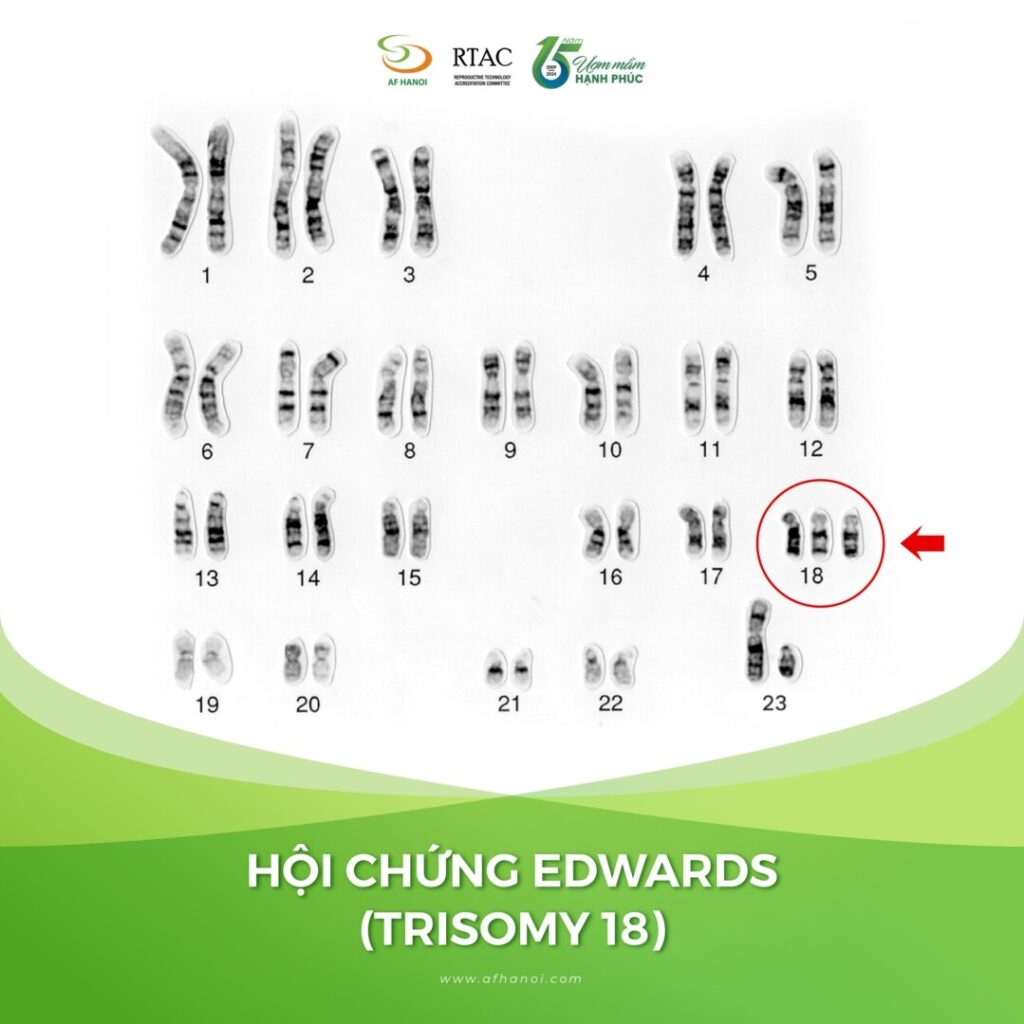
- Thalassemia is a hereditary congenital hemolytic anemia caused by the deficiency of one or more globin chains. It is one of the most common genetic disorders worldwide. Currently, it is estimated that about 7% of the global population carries the Thalassemia gene, and 1.1% of couples are at risk of having a child who carries the gene or has Thalassemia disease. Premarital screening, before and during pregnancy screening through a complete peripheral blood cell analysis for couples to detect individuals at risk of carrying the disease gene is the most effective method for preventing Thalassemia.
- Down Syndrome (Trisomy 21) is a serious congenital defect caused by a disorder of the 21st chromosome pair. Normally, individuals have 23 pairs of chromosomes, but in Down syndrome, there is an extra copy of chromosome 21 (three copies of chromosome 21). It is the most common chromosomal abnormality, leading to multiple defects, intellectual disability, poor language development, high risk of depression, and cancer. Currently, the incidence of Down syndrome in newborns worldwide is approximately 1 in 700, corresponding to about 8 million children born with this syndrome. The male-to-female ratio is 1.2-1.5/1.
- Edwards Syndrome or Trisomy 18 was first reported by Edwards and colleagues in 1960. This is a severe congenital defect caused by a disorder of the 18th chromosome pair. In affected individuals, the genetic makeup contains an extra copy of chromosome 18 (three copies of chromosome 18). The incidence rate is 1 in 5,500 live births, making it be the second most common trisomy after Down syndrome. The female-to-male ratio is 3:1 in affected newborns.
- Turner Syndrome is a genetic disorder that occurs in females when part or whole one X chromosomes is missing. This syndrome, also known as congenital ovarian hypoplasia, is one of the most common sex chromosome abnormalities and a significant cause of ovarian failure and short stature in females. The incidence is approximately 1 in 2,000 to 1 in 2,500 live female births.
Be proactive in undergoing genetic screening before or during pregnancy to ensure your baby is born healthy!







